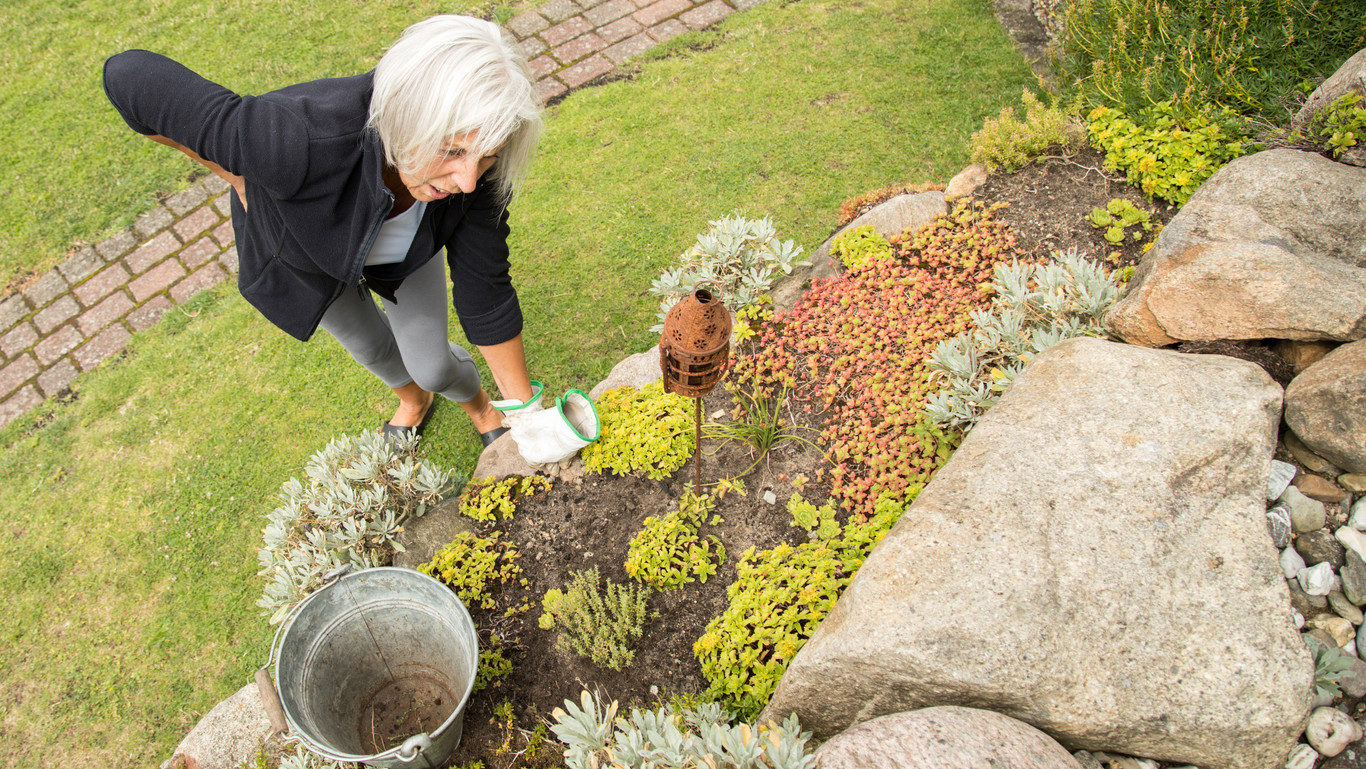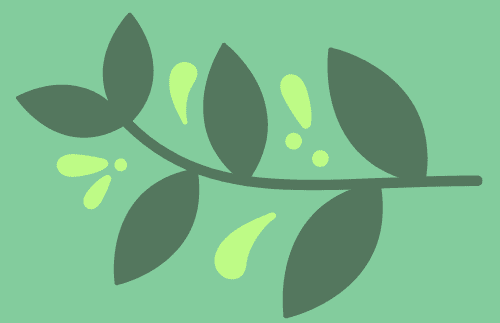Last updated on October 23rd, 2023 at 08:50 pm
In the fall, there’s all kinds of work to be done in the garden. Pruning, digging and mowing the lawn one last time. If you’re not careful, you can get back pain or even lumbago. This can be avoided with a few precautions.
Even in autumn, there is still plenty to do to make the garden fit for winter. But if you don’t do it right, you can end up with back problems.

Contents
Make sure your shoes are sturdy when gardening
For other hobby gardeners, the first thing she advises is to take a look at their footwear. After all, back health starts with the feet. Discarded slippers are absolutely unsuitable as work shoes. A good sole is also important, explains Mayer. Especially when it’s wet, people walk on slippery soles as if they were walking on eggs – which causes the foot muscles and also the back to cramp.
Tools should fit the body size
At least as important as good footwear is suitable tools. “You have to pay attention to ergonomics – the right handle lengths, for example,” Mayer says. A classic example, he said, is the spade. There are so-called “ladies’ spades,” he said, which has to do with body size. That’s “a good spade that fits me and is back-friendly and ergonomic,” the garden planner thinks. “When I put it next to me, the handle ends up below the lowest rib. That means my husband, who is 6-foot-3, has a different one than I do.”
Anything used for pulling or swinging, such as rakes or hoes, on the other hand, should be significantly longer and at least forehead high, according to Mayer.
This puts less strain on the back
The ergonomics of the equipment is one thing, the working posture of the user is another. After all, what good is a perfectly aligned spade if the gardener hunches over while working. “Any twisting, in any direction, is bad for the spine and can then also lead to distortion and lumbago.”
So always keep your back as straight as possible. It’s even gentler if you stretch one leg back when bending forward to compensate. Not too far, just a little. If you find that you like to have a hunched back, you should consistently correct yourself. In this way, bad movement patterns can be replaced by good ones over time.
Lifting puts a particularly heavy strain on the back. Here, too, it is important to remain as upright as possible. In addition, loads should be carried close to the body and not on one side. It is better to carry a half-full watering can on the right and on the left than a full one in one hand.
Wheelbarrows and garden caddies as aids
The very best thing for your back is the following tactic: “Don’t carry what you can roll,” advises Mayer. The Swabian is the owner of a garden caddy. These two-wheeled carts are available in wood or metal. Some look like golf carts, others more like oversized coal shovels on wheels. They all have a handle for pulling. Mayer uses them to move fertilizer bags, buckets of sand, flower pots and tools around.
Not as fancy as the garden caddie, but at least as useful, is a wheelbarrow. When buying a wheelbarrow, you should also, but not only, pay attention to the weight. Because super light and super stable rarely go together.
New invention makes apple harvesting easier
With the apple roller, weight is not an issue. This useful invention consists of a kind of wire ball with a handle. You roll the ball over the apples lying on the ground and the fruit is already in the ball. “I don’t know how I got to be so old without this thing,” Mayer enthuses. “You pick up the apples, in a perfectly upright position, without bending over once.” With a holder, he adds, you can also empty it standing upright.
Alternate multiple activities in the garden
Of course, bending over is not harmful per se – quite the opposite. Regularly bending your back is good for you and keeps you flexible. But if you bend over a hundred times in a row, your muscles tense up and your back starts to hurt. That’s why it’s better to take a break in good time and, above all, not to do the same thing for hours on end. It’s better to alternate different gardening tasks. The balance is important in the garden.


